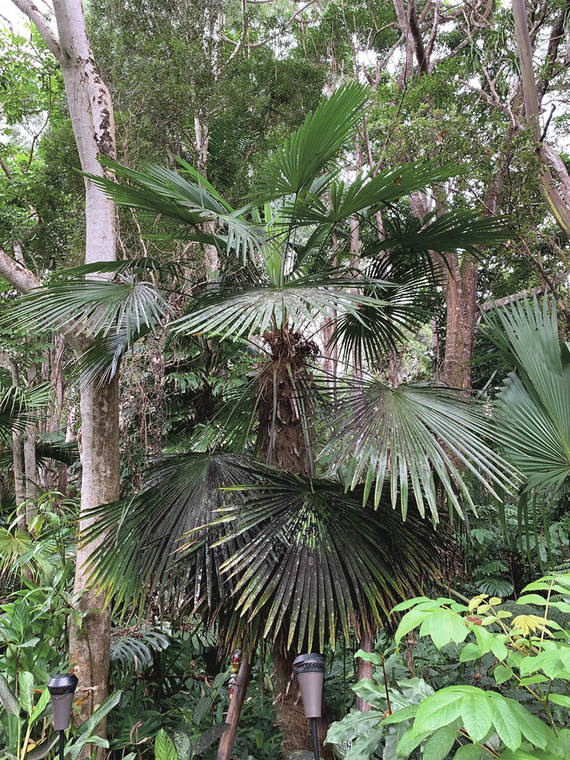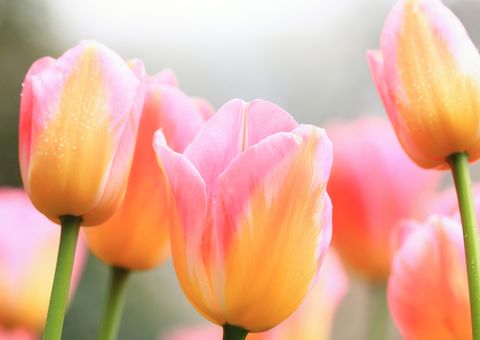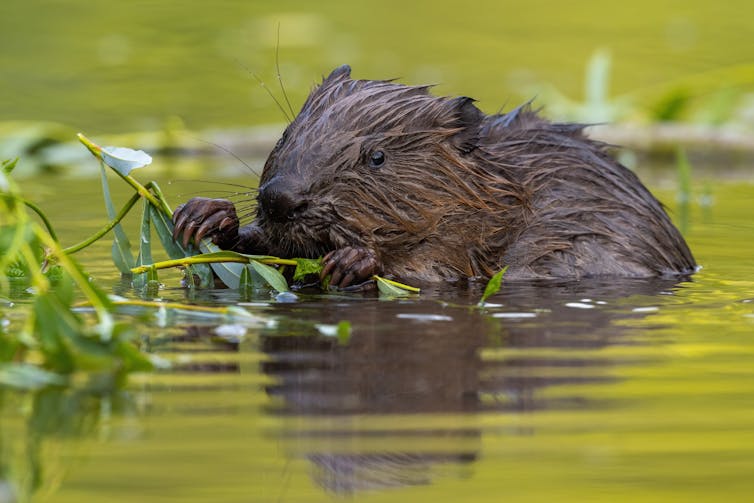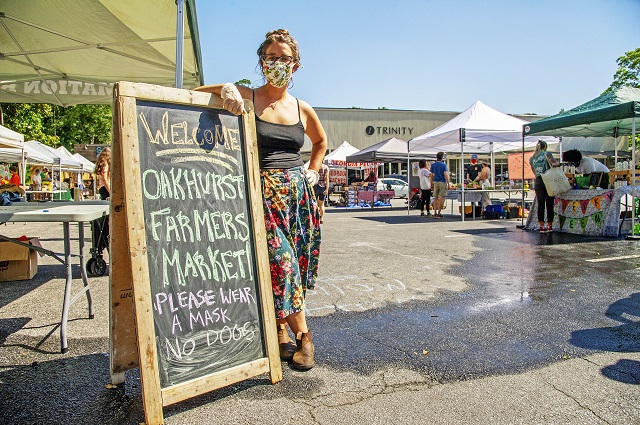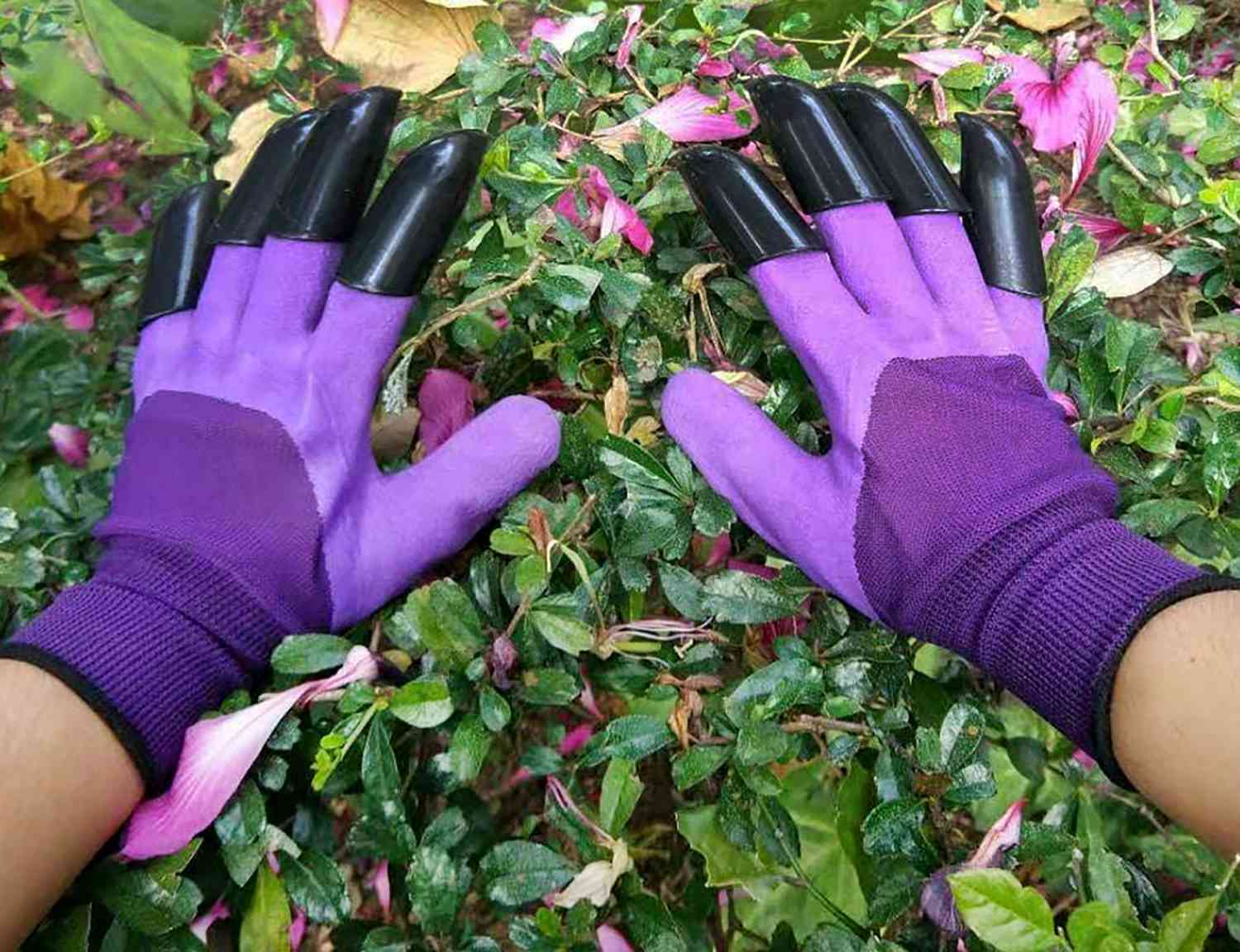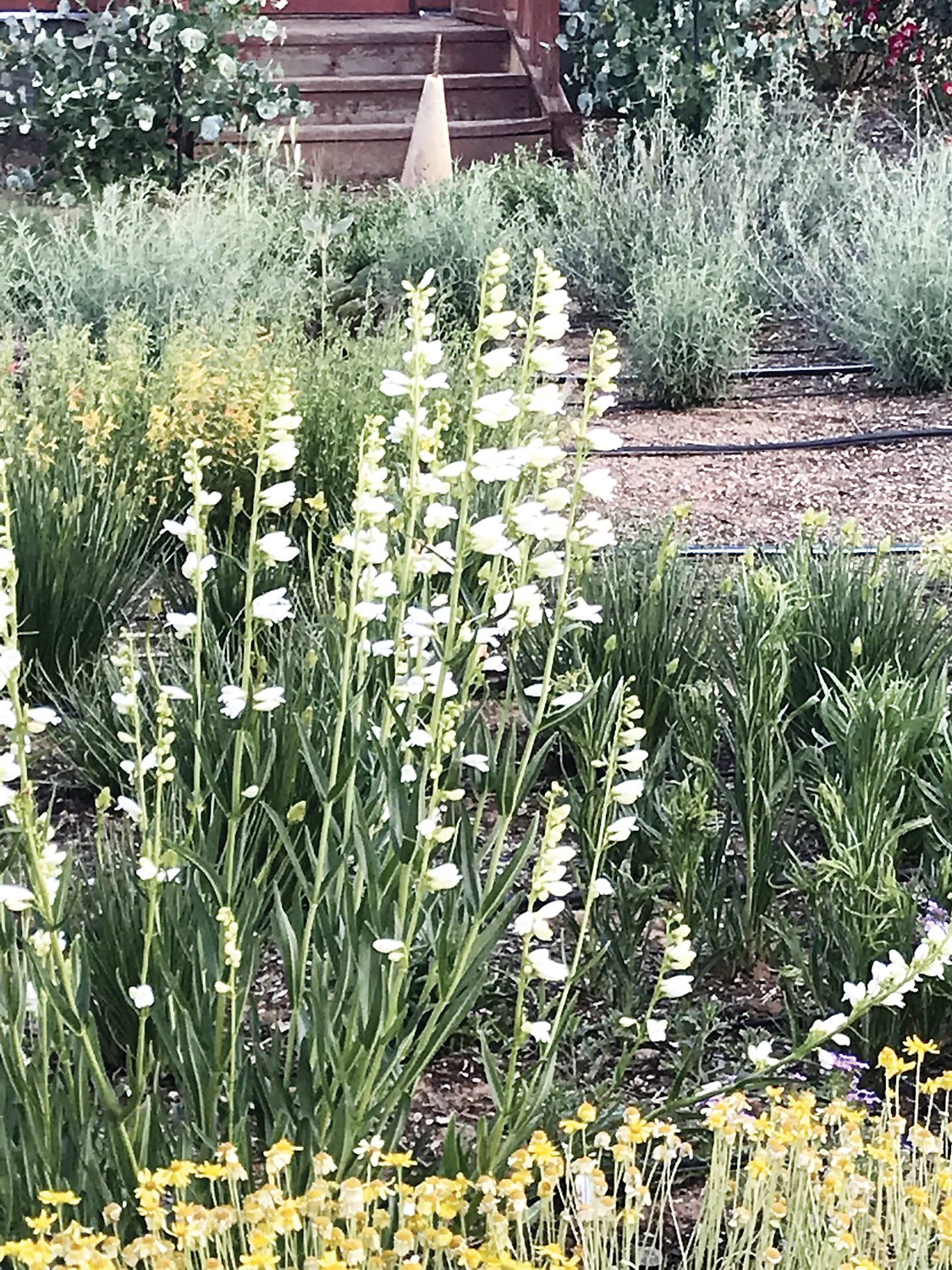Visiting Hawaii is the pleasure of a lifetime for millions of people each year, and many of the people who come are friends or relatives of those of us who live here. One of the highlights for them is to experience the lush tropical gardens and forests that do not exist in the continental United States. Many people who enjoy gardening go home wishing they lived in a tropical location where they could have yards and houses with palm trees and other exotic species. Visitors don’t need to be discouraged. With a little help from Kamaaina gardeners, they too can have a piece of paradise at home.
The air of freedom and informality in Hawaiian gardens is due in part to the exotic plant materials used. It’s also due to the casual design style that can be found on the islands. This consists of mixing lots of bold and colorful shrubs, ground covers, and trees in a relaxed, unregulated way. This type of landscaping creates a kind of manicured jungle effect.
The best part is that the hang-loose look can be done anywhere there is a place for things to grow. It can be achieved with almost any plant, but to develop this type of look, choices should be made with those that have a bold, luscious look. There are very hardy, warm, temperate trees like some rhododendron, magnolia and camellia species that can achieve the tropical effect. Coupled with global warming, for example, gardeners have been able to grow some crops that could not be grown in the region 100 years ago.
Of course, this tropical look is expected along the Gulf Coast or in Southern California. You can even see a tropical feel along the Atlantic coast to the north of southern Virginia, which isn’t to be expected in places like Oregon, Washington, and British Columbia. However, landscape architects and adventurous gardeners went out of their way to include regions that would surprise you.
One tree that finds its way north is the Albizzia julibrissin or Persian Silk Tree. Although this tree looks very tropical, with its Poinciana-like leaves and pink pompom flowers, it can withstand conditions down to zero degrees.
The Gingko biloba or Maidenhair Tree is another tree from China that can withstand subzero temperatures. This tree is a living fossil from the time tree ferns and palms grew across North America. Cities like New York use them as street trees to reduce the negative effects of concrete and asphalt.
When it comes to palm trees and ferns to create a tropical look, there are those that are quite sturdy. If you live in an area where temperatures rarely reach ten degrees or colder, the Trachycarpus fortunei, or windmill palm, is great for the ultra-tropical look. It grows relatively quickly to around ten meters. The many healthy specimens in Seattle, Washington, attest this tree’s ability to withstand the cold. They can even be found in Scotland and Switzerland. Another much slower palm that is just as robust is the Chamaerops humilis or European Fan Palm. This type of lump is known to withstand temperatures of six degrees above zero.
There are several sturdy bamboos that can withstand cold temperatures. Close relatives of bamboo such as the Mediterranean arundo can be used in areas where temperatures are below zero.
At least two types of bananas can be grown as far as British Columbia. These are Musa Bajoo and Musa Sikkimensis. They can freeze in winter, but when protected by heavy mulch, they pop up in spring like their close relative, the canna lily.
The list of tropical doppelgangers goes on. You might consider trees like the hardy species of eucalyptus. These include cider gum and snow gum, which can withstand temperatures close to zero. Yuccas such as yucca gloriosa, hostas, fatsias, numerous vines, and many other plants with strong foliage can also be of use.
Your mainland friends can experiment with these and others who run kindergartens and garden centers, or try some of the more southerly locations. To avoid discouragement, read the gardening books on how to treat plant hardness. A good reference is Sunset’s Western Garden Book, which is available in book and garden stores.

